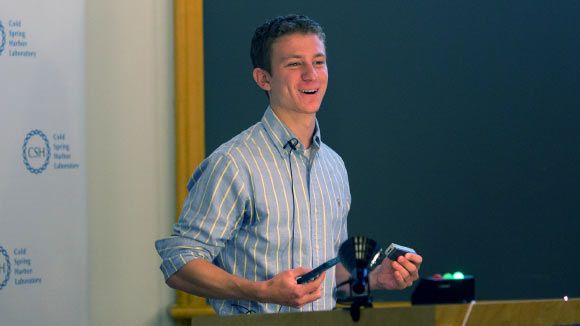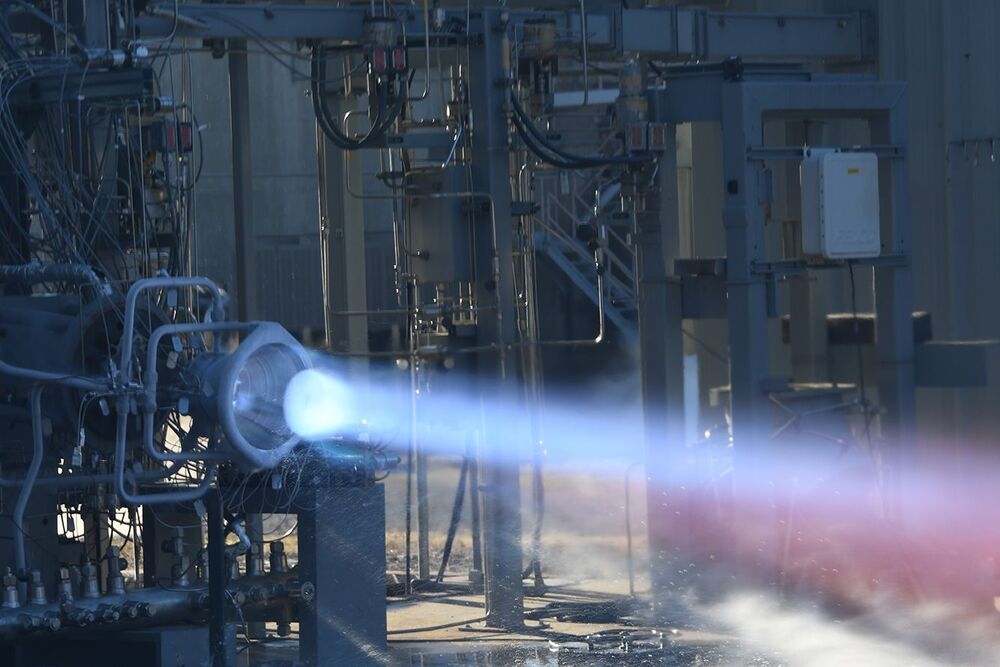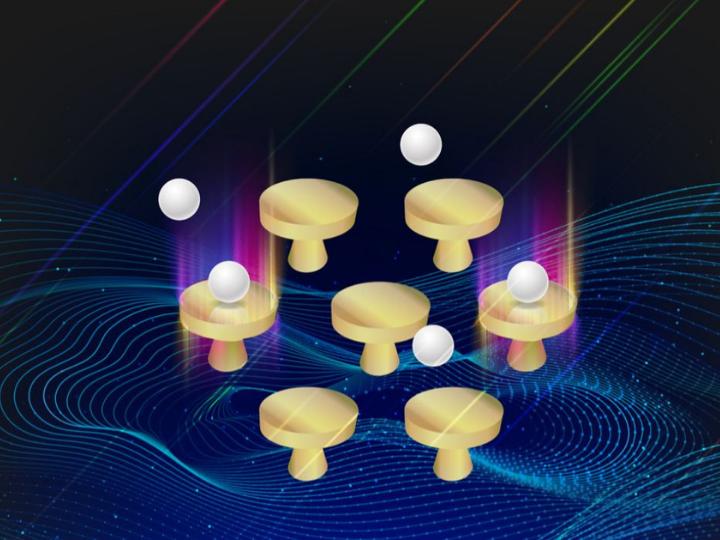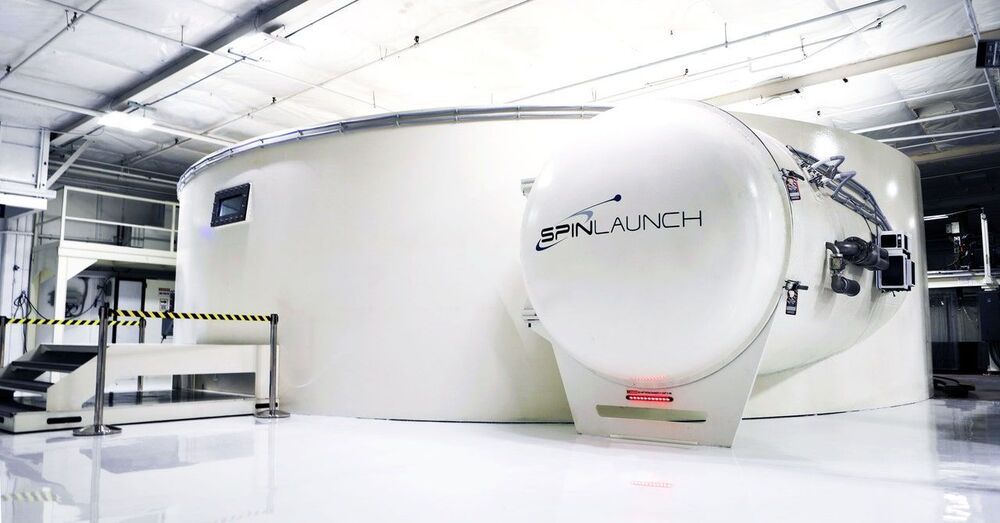Leading this trend is the Oxford Nanopore sequencing platform, which currently offers the hand-held MinION instrument and even smaller instruments on the horizon.



There’s a lot of buzz right now about DJI’s impending FPV drone. We have some thoughts on why there’s so much interest and why this product will likely be a winner for the company.
It’s pretty clear that people are champing at the bit for the release of the new DJI FPV drone. We can say that because we’ve seen the page views on those posts, as well as the many comments and questions posted to our YouTube channel or sent as DMs on our Facebook page. Many people seem to be super keen to see this new drone in person. We are, too. And all this has us thinking this product has the potential to be huge. Huge.
Let’s have a look at why we say that.


A new label-free optical imaging technique based on unscattered light can detect nanoparticles as small as 25 nm in diameter. The technology overcomes several limitations of other advanced methods for imaging tiny particles, and its developers at the University of Houston and the University of Texas M D Anderson Cancer Center in the US say it might be used to study viruses and other structures at the molecular level.
Imaging nanoscale objects via optical techniques is difficult for two reasons. First, the objects’ small size means that they scatter little light, making it hard to distinguish them from the background. Second, individual nano-objects within a close-packed group tend to be separated by distances that are smaller than the diffraction limit for visible light (around a few hundred nanometres) making it impossible to resolve them with conventional methods.
There’s more than one way to rank future civilizations, you know! Regular viewers will know all about the Kardashev Scale, but now there’s a NEW theory in town! In this video, Unveiled journeys to the future of humanity to ask; What will we look like? What will we be like? And how much will we have changed?
This is Unveiled, giving you incredible answers to extraordinary questions!
Find more amazing videos for your curiosity here:
What If Humanity Was A Type VII Civilization? — https://youtu.be/pz-Z8AavJZY
What If the Universe is an Atom? — https://youtu.be/WYyu9h9JJfg.
Are you constantly curious? Then subscribe for more from Unveiled ► https://wmojo.com/unveiled-subscribe.
#WhatIf #Civilization #Future


Today we are going to discuss the topic drug enforcement from a very interesting technological angle.
Brian Drake, is the Director of Artificial Intelligence for the Defense Intelligence Agency’s (DIA) Directorate of Science and Technology. Mr. Drake works with the DIA’s Future Capabilities and Innovation Office, and he also leads an initiative to test the effectiveness of different applications of artificial intelligence at solving various mission problems, including using AI to combat the opioid crisis with a DIA program known as SABLE SPEAR.
Previous to this role Brian was a Senior Intelligence Analyst and Branch Chief in the DIA’s Americas and Transregional Threats Center (ATTC) and prior to joining ATTC, Mr. Drake was a Management Analyst with DIA’s Chief of Staff.
For DIA’s intelligence analysis mission, he has worked worldwide targets in narcotics, emerging and disruptive technologies, and weapons of mass destruction.
Mr. Drake was stationed in the Pentagon as an Intelligence Briefer in the Executive Support Office, served on the Information Review Task Force, and has led several interagency technical and counterterrorism intelligence teams.
Prior to his time in DIA, Mr. Drake was a management consultant at Deloitte and Toffler Associates where he served commercial clients in various industries and government clients at the ODNI, FBI, CIA, NSA, and the US State Department.

The French armed forces now have permission to develop “augmented soldiers” following a report from a military ethics committee.
The report, released to the public on Tuesday, considers medical treatments, prosthetics and implants that improve “physical, cognitive, perceptive and psychological capacities,” and could allow for location tracking or connectivity with weapons systems and other soldiers.
